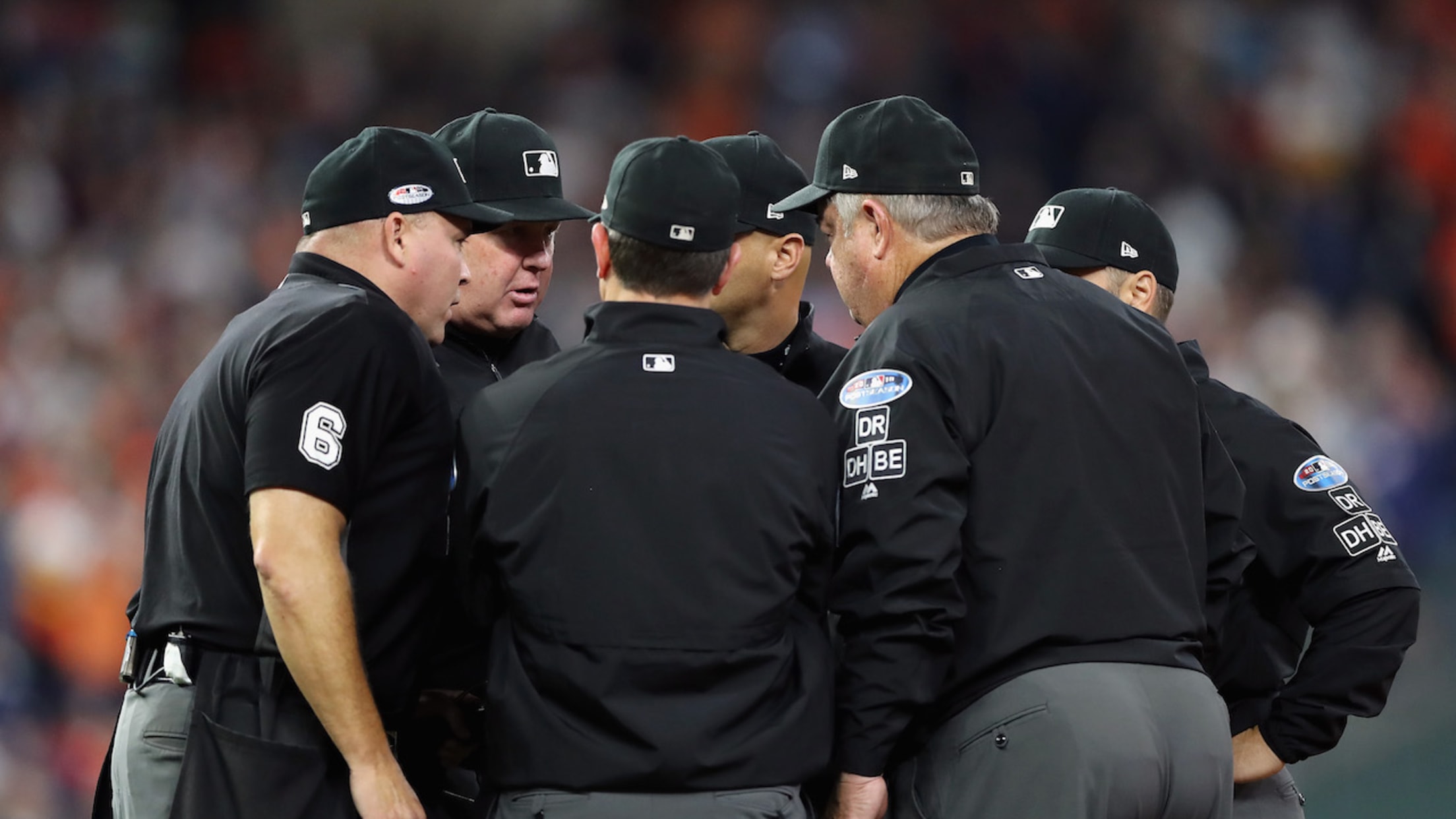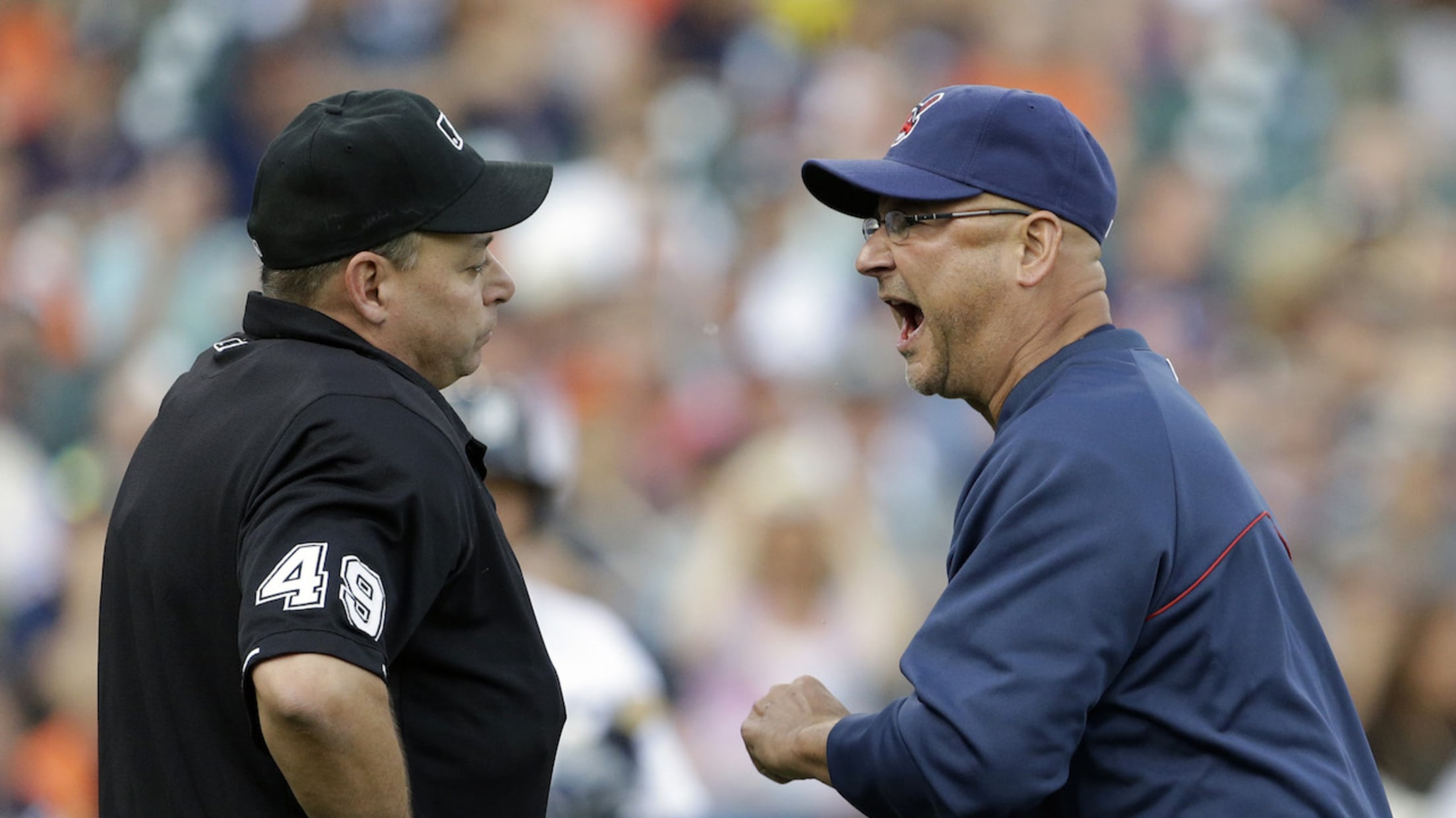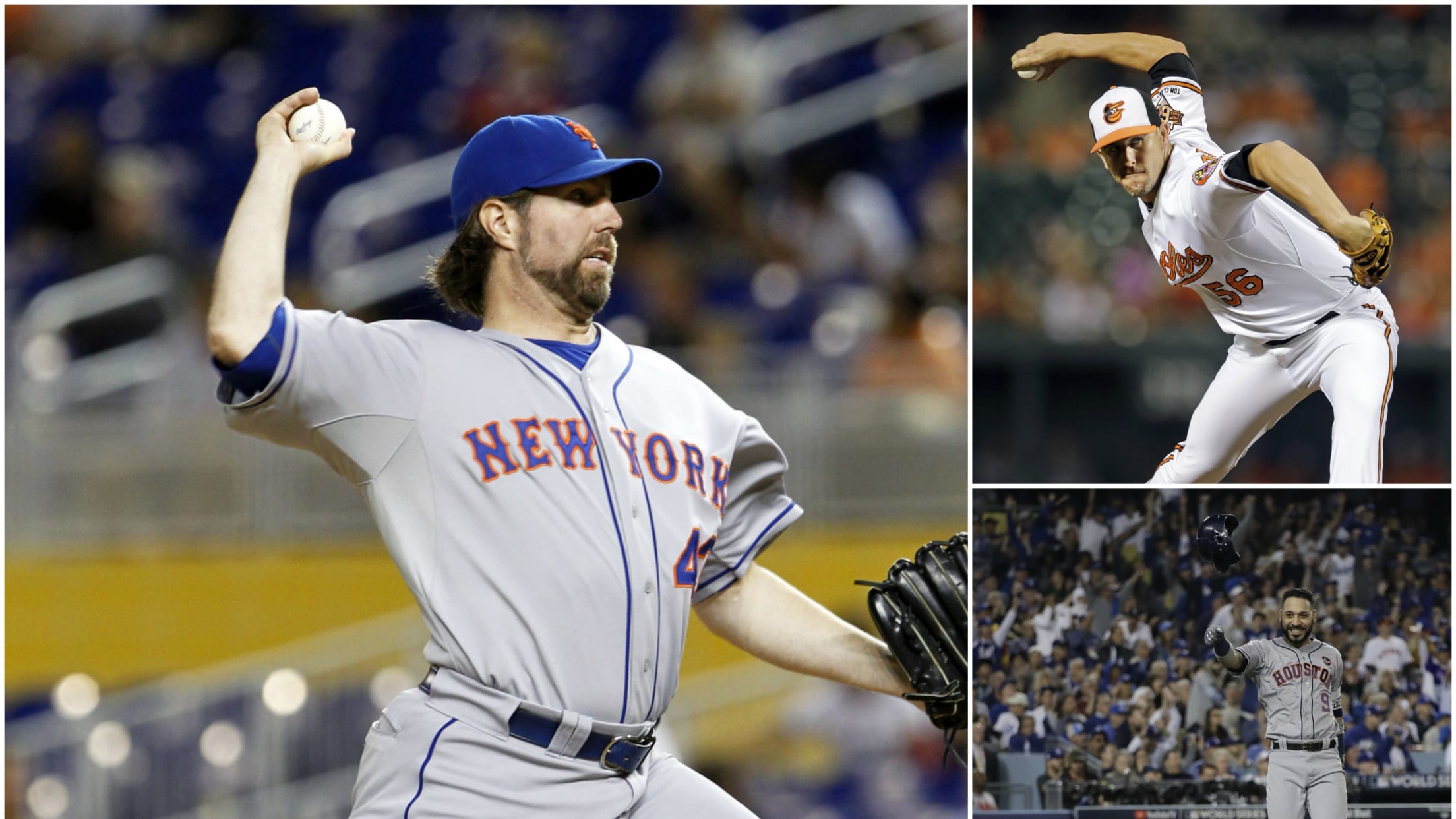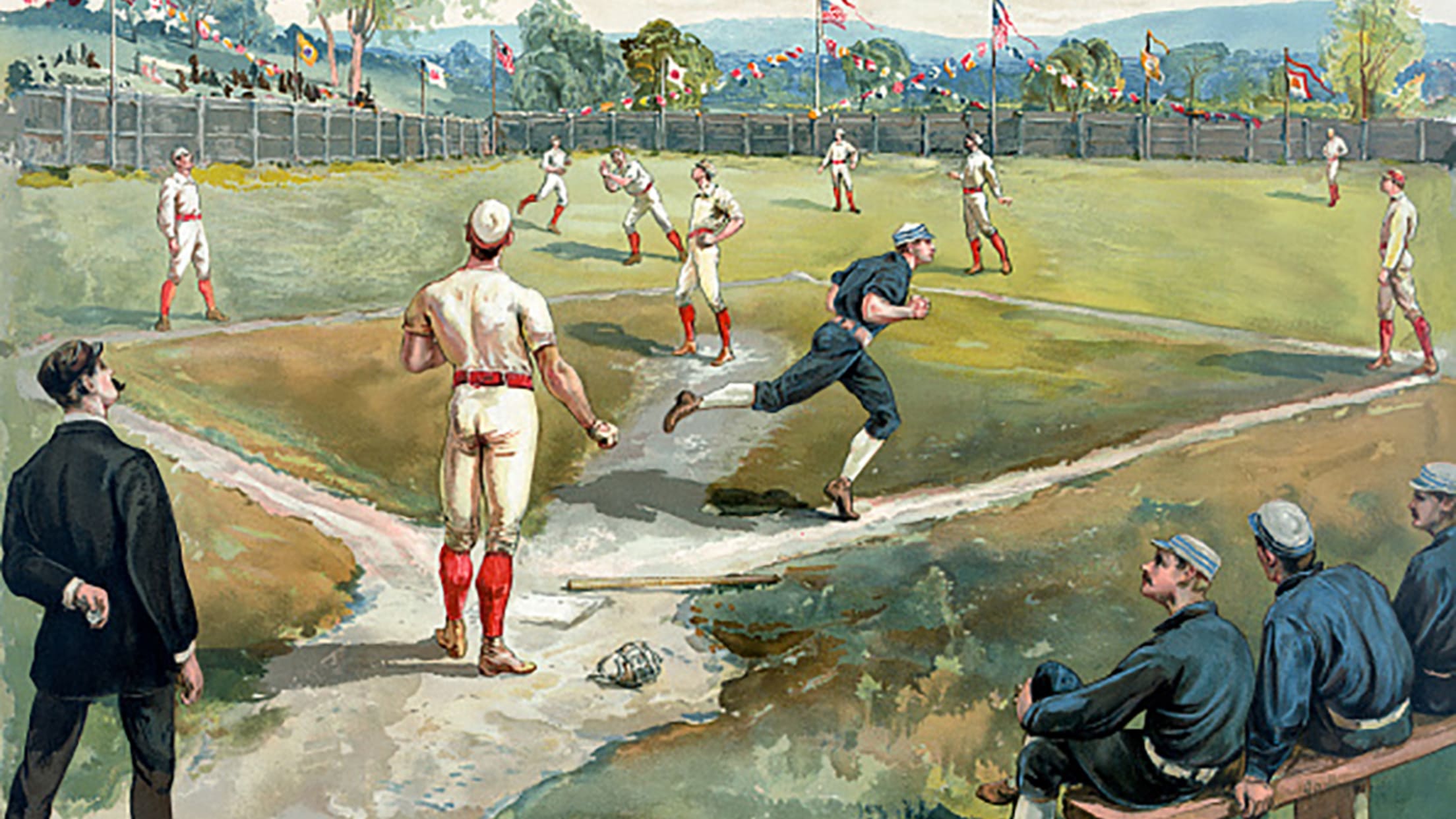Here's everything you need to know about the rule changes coming to MLB

Change is coming to the big leagues. MLB and the Players Association have agreed on a series of pretty major rule changes, to be implemented across the 2019 and 2020 seasons. Home plate remains 60 feet, six inches from the mound, and hot dog cannons remain an integral part of the ballpark experience, but still: Major League Baseball will look a bit different than it has in the past.
We understand that you've got questions. Just what changes are taking place? Why are they taking place? What the heck is a LOOGY? Fret not; that's why we've put together a handy explainer below.
Let's start with the 2019 season
Your wish is my command. There are four rule changes that will go into effect this year. The first involves inning breaks: Time between frames will be reduced from 2:05 to 2:00 in local games and from 2:25 to 2:00 in national games.
Does this mean fewer commercials?
Maybe not fewer, but definitely a different experience. Baseball has been concerned with the pace of games for a while now, and shortening the wait between innings will speed things up and help keep the flow of play intact. They can accomplish that in any number of ways, including a nifty split-screen featuring a return to game action and a commerical -- so you can watch Marco Gonzales be crafty both on and off the mound:
OK, what's next?
Change is also coming to the Trade Deadline. Previously, MLB had two of them --
Wait, there were two Trade Deadlines?
Believe it or not, yes. The first was the non-waiver Trade Deadline on July 31. That's the one you're probably most familiar with: It's when the majority of blockbuster deals go down, and it's what people almost always mean when they refer to "the Trade Deadline."
But there was also a second one at the end of August, in which players who were put on waivers could be traded if claimed by another team. The problem? The rules governing trade waivers made the American tax code look like a children's book.
I glazed over at "limited no-trade provision"
You're not alone, magical voice in my head. Which is why, to help simplify things -- and to create certainty for players by forcing teams to make a definitive decision about whether they're buying or selling -- the August Trade Deadline is no more. If your team doesn't make a deal by the end of July, they're out of luck. July 31 and that's it. (Sorry, Astros fans.)
I feel better already.
But wait, there's more!
Oh no.
I'll make this quick, I promise. All-Star fan voting will also look a little different. It'll take place over two rounds: one that looks a lot like the ASG voting you're used to -- fans vote for players at each position -- followed by another final vote in late June or early July dubbed “Election Day.”
Will I get a sticker?
No, but you will get to watch as the top three vote-getters at each position from the first round enter a run-off against each other, with the winner of that fan vote being named an All-Star starter.
So it's the normal voting process, but now with twice as much democratic excitement?
Exactly! You can never have enough contests for things, and who knows, maybe we'll really lean into the whole electoral theme. Will there be staged debates? A brokered convention? Which Election Day candidate will be the first to kiss a baby? Picture the Final Vote, but with at least 200 percent more shenanigans.
Taking over the streets! We see you, @Pantone294!
— Los Angeles Dodgers (@Dodgers) July 9, 2018
🗳: https://t.co/SSqaZ6SgNN#VoteMuncy | #ASGiancarlo pic.twitter.com/0nlFYlgYqT
And that's not all when it comes to All-Star Week -- some incentives will be added to the Home Run Derby, too.
Wait, who doesn't love the Home Run Derby? Aren't dingers incentive enough?
Dingers are a storied American tradition, but last year, a lot of stars -- from Aaron Judge to Mike Trout to Giancarlo Stanton -- opted against participating in the Derby. Which makes sense: It's a long season, and stars like those guys are rightfully more concerned with resting up and unleashing that power in games that matter for their teams.
In 2019, though, MLB's sweetened the pot: Total player prize money is increased to $2.5 million, with the winner taking home a cool $1 million.
So those walk-off, buzzer-beating homers will now have seven figures riding on them?
Yep.
The Greatest Comeback in Sports History.
— Cut4 (@Cut4) July 17, 2018
Don't @ us. pic.twitter.com/5pbtXoCMSf
......
Are you OK?
Sorry, just needed a second.
That's alright, take your time. While you recover, I'll go over the last rule change taking place this season, also related to pace of play: The maximum number of mound visits each team is allowed will be reduced to five per game. MLB had previously instituted a six-visit limit, hoping to avoid interrupting the rhythm of the game and encourage more stressful matchups between pitcher and batter.
There's a lot going on next season. But you said something about next year, too?
Indeed I did. There are three more changes that will take place starting in the 2020 season. The first two are fairly straight-forward: 1) any pitcher who enters the game will be required to face a minimum of three batters--
That sounds like a turbo-charged version of the mound-visit rule.
You keep interrupting. It basically is, and it's underpinned by largely the same logic: fewer stoppages to watch a manger stride out to the mound, more late-inning tension. Teams will no longer be able to start an inning with a righty reliever, use him for one out, then call on a LOOGY (or Left-Handed One-Out Guy) to face a lefty, then go with a third pitcher to finish the inning.
The second rule change will increase the minimum number of days players must spend on the injured list from 10 to 15.
Hasn't the minimum IL stint been 15 games before?
It was for a while, but MLB knocked it down to 10 to try to dissuade players from playing at less than full strength -- you're less likely to play through that bum hamstring if you only have to sit for a week and a half rather than two weeks. Teams manipulated the 10-day IL to rotate pitchers on and off their active roster, though -- rather than carry three relievers who just pitched two days in a row, teams would simply put them on the IL and replace them with fresh guys from Triple-A -- which just meant more pitching changes and slower games. So now we're back to 15.
Please tell me the numbers portion of the program is over.
Sadly, not yet.
I wasn't prepared for this.
I promise it'll be painless. For years, each team was allowed to have 25 players on its active roster for each game -- you may see more hanging out in the dugout (guys rehabbing injuries, etc.) but only 25 could be in full uniform and eligible to play. Until now, that is: The roster size from Opening Day through Aug. 31 will increase from 25 to 26.
"From Opening Day through Aug. 31" seems odd.
Good eye. In years past, each team's roster expanded from 25 all the way to 40, to allow for call-ups of players whose Minor League seasons had already ended.
40 seems like ... a lot.
It really was. That led to some cool stuff -- rebuilding teams getting a look at top prospects, weird positional shenanigans -- but more often it meant that the lineup your team ran out for the last month of the year was either 1) largely unrecognizable from the one that started the year or 2) playing against a lineup that was largely unrecognizable from the one that started the year.
But now, the 40-man roster is done: Starting Sept. 1, the roster limit will bump from 26 to 28. So Padres fans can still see Fernando Tatis Jr. this year, while pennant races won't be affected by contenders playing teams that look more like Triple-A rosters. One more note: In keeping with the "avoiding egregious numbers of pitching changes" theme, there's a cap on pitchers: Each team will have to designate all of their players as a pitcher or a position player on the first day of the season.
But how do two-way stars like Shohei Ohtani factor into that calculation? And position players pitching!
What strangely specific points to bring up, magic voice!
It's almost like you're writing me.
Don't be that way. Guys like Ohtani will be designated as "two-way players," so they'll still be allowed to both hit and pitch, and position players will still be allowed to take the mound if their team is winning or losing by more than six runs.
So we'll still have stuff like this?
Yes, we will.







